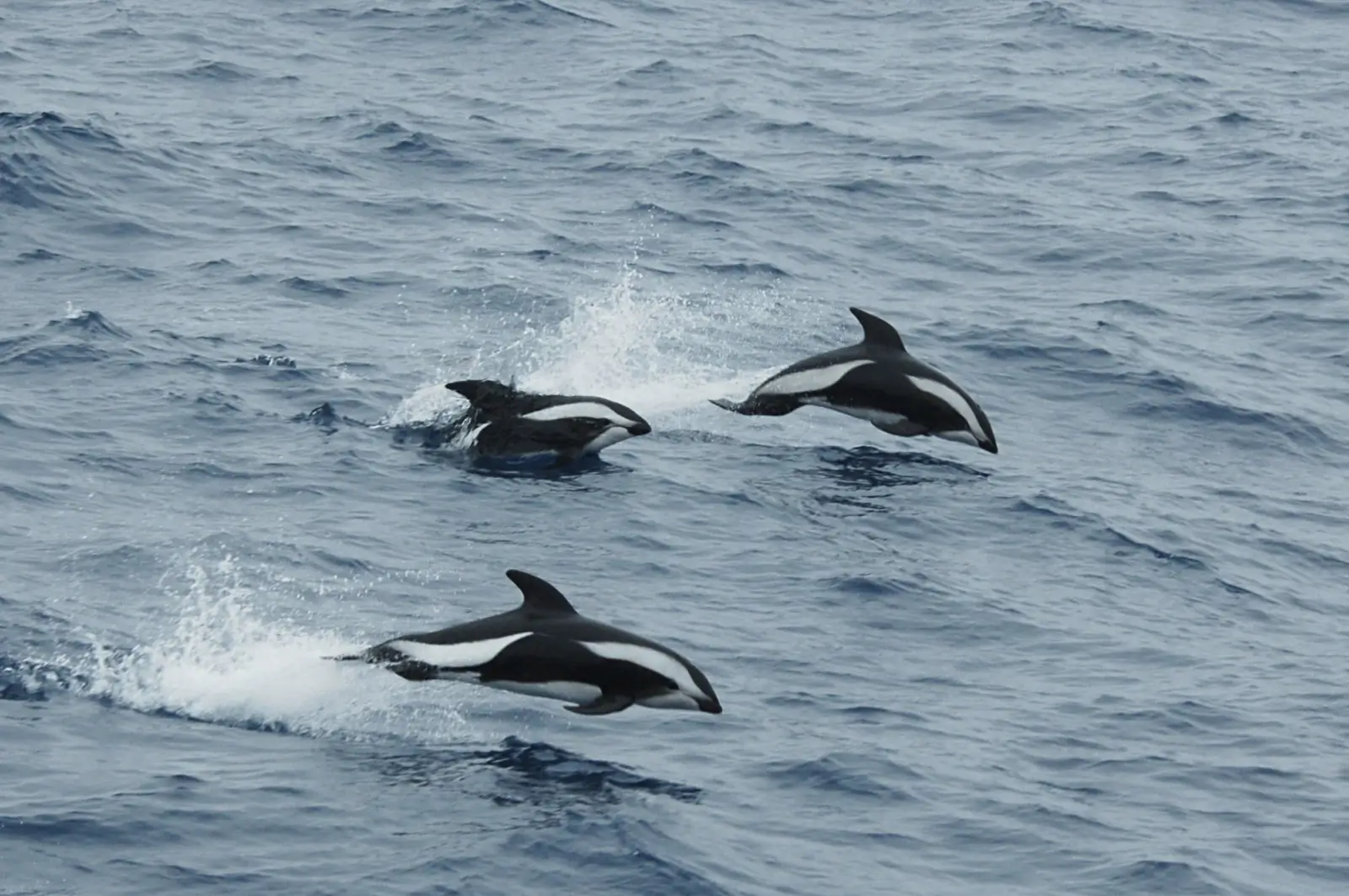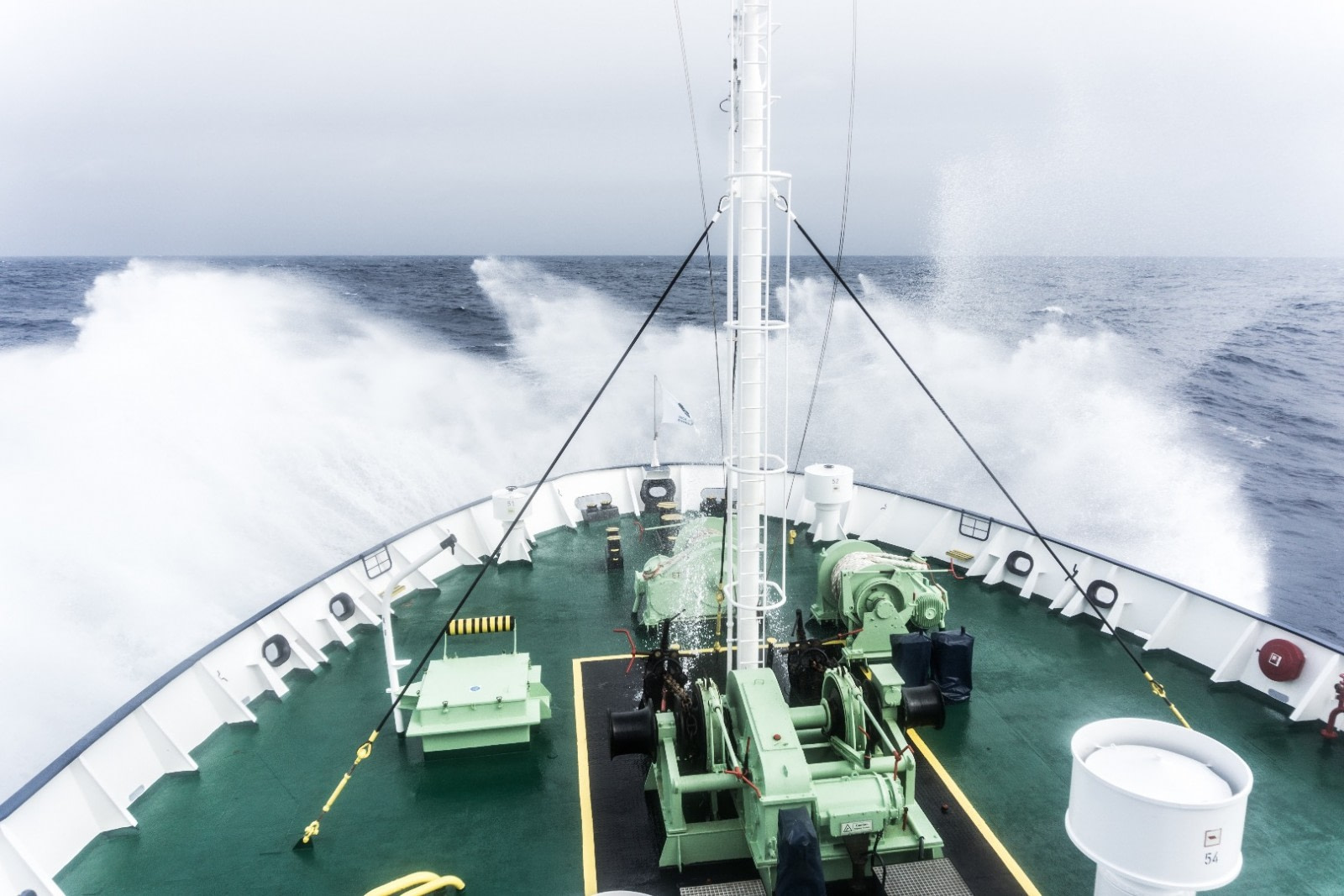Positioned between the southern tail of South America and the Antarctic Peninsula's north-sweeping arm is a lively little waterway known as the Drake Passage.
The Drake is considered by many polar travelers to be the gateway to the Antarctic, while others view it as the necessary rite of passage everyone must experience before enjoying the boundless natural wonders of Antarctica.
In our opinion, it can easily be both - and a lot more.
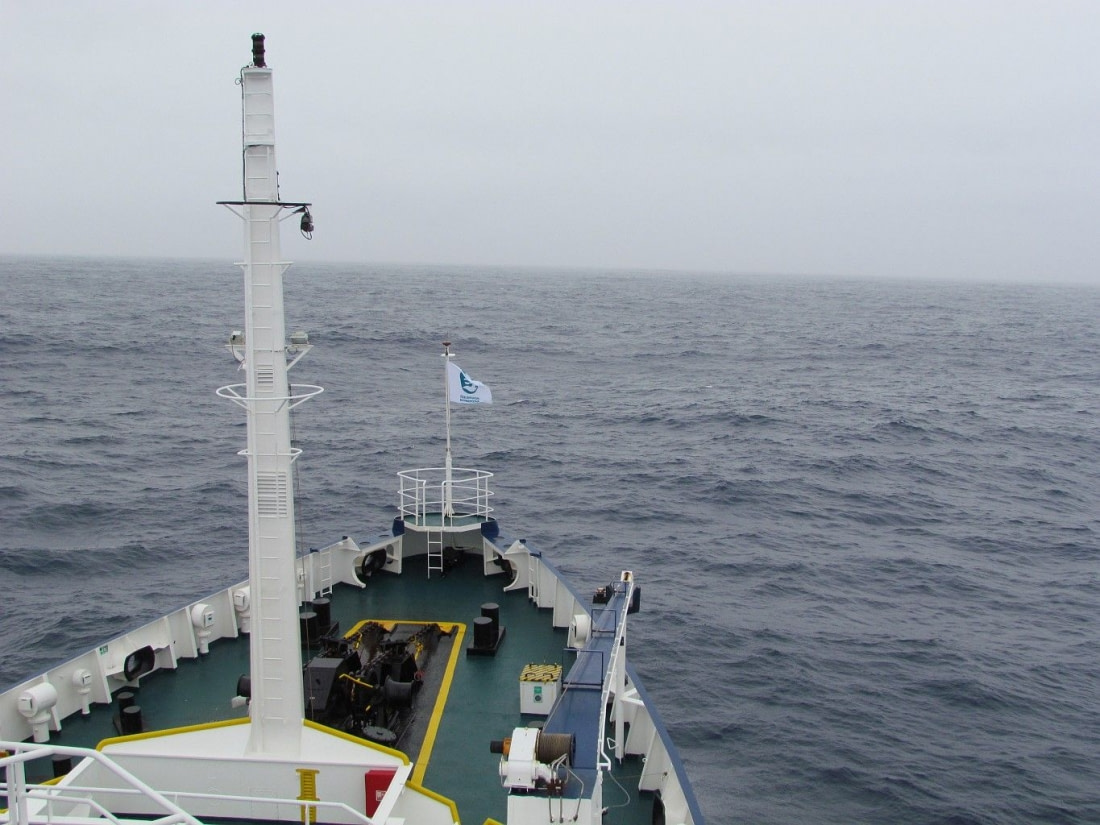
Drake Passage water collisions
In the Drake Passage, layers of cold seawater from the south and relatively warm seawater from the north collide to form powerful eddies.
These eddies, when combined with the strong winds and sometimes violent storms common to this area, can make the Drake Passage richly earn its reputation as one of Earth's roughest waterways. But don't let this intimidate you.
After all, you'll still have Antarctica to look forward to. And your crossing may be quite calm.
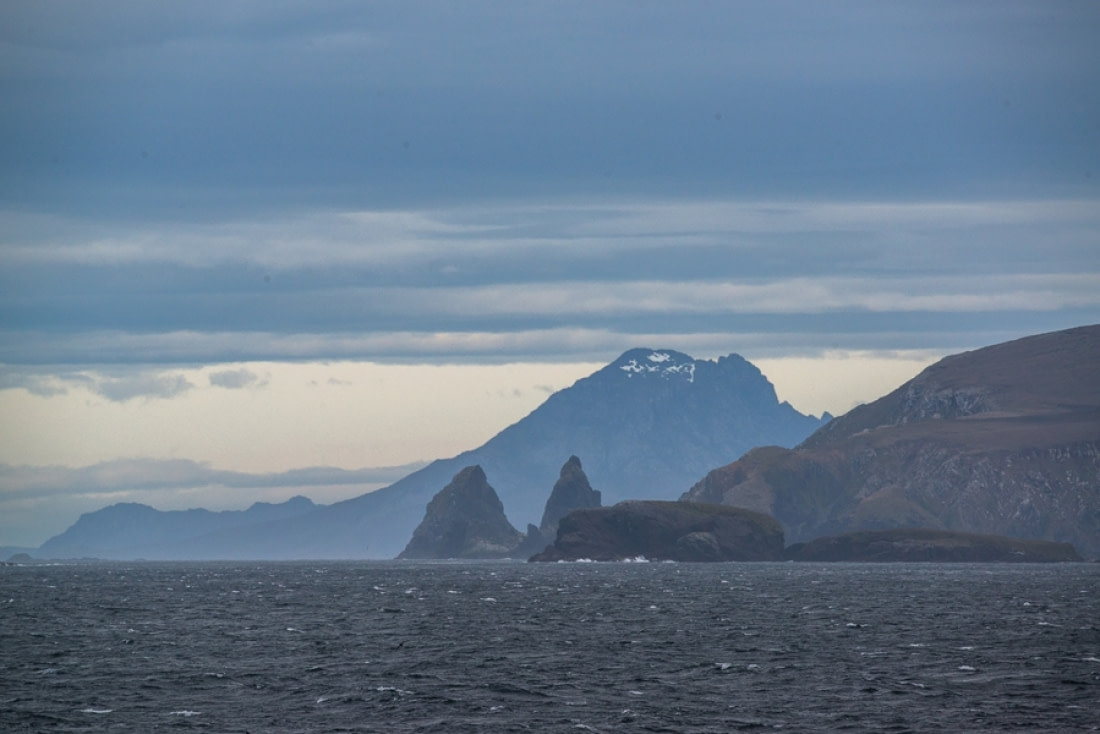
The colossal currents of the Drake Passage
Through the Drake Passage flows the west-to-east Antarctic Circumpolar Current (ACC), encircling Antarctica. The ACC stretches over 20,000 km (12,400 miles), forming the world’s largest ocean current.
The average water flow of the ACC is estimated to be around 135 million cubic metres (4.77 billion cubic feet) per second, about 600 times the volume of the Amazon.
Makes your last water bill seem kind of insignificant, right?
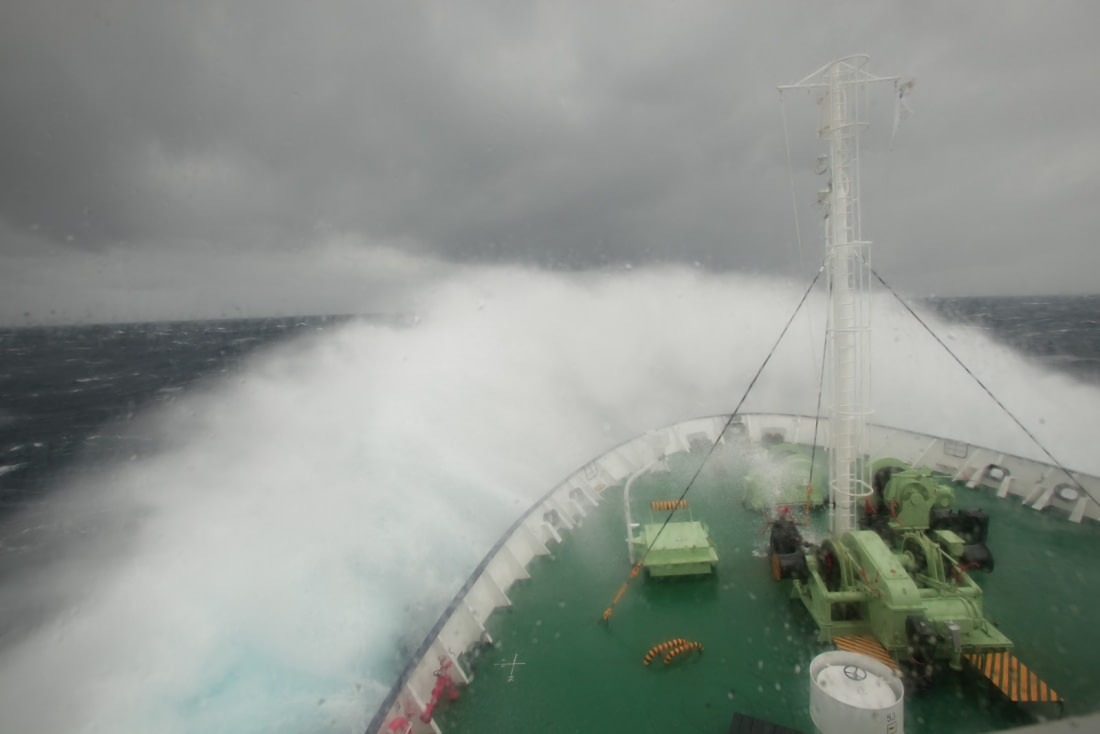
Drake Passage weather and waves
It takes the average cruise ship about 48 hours to sail from one end of the Drake Passage to the other. This depends on the exact embarkation and destination point, of course, but the conditions of the Drake are also highly relevant.
Passengers heading across the Drake Passage can expect temperatures ranging from about 5°C (41°F) in the north to -3°C (26°F) in the south.
Whether you get a storm during your Drake crossing is a bit of a gamble, as there is no real storm-less season. Some days the water will be surprisingly calm, others will present your Antarctica cruise with sizable swells.
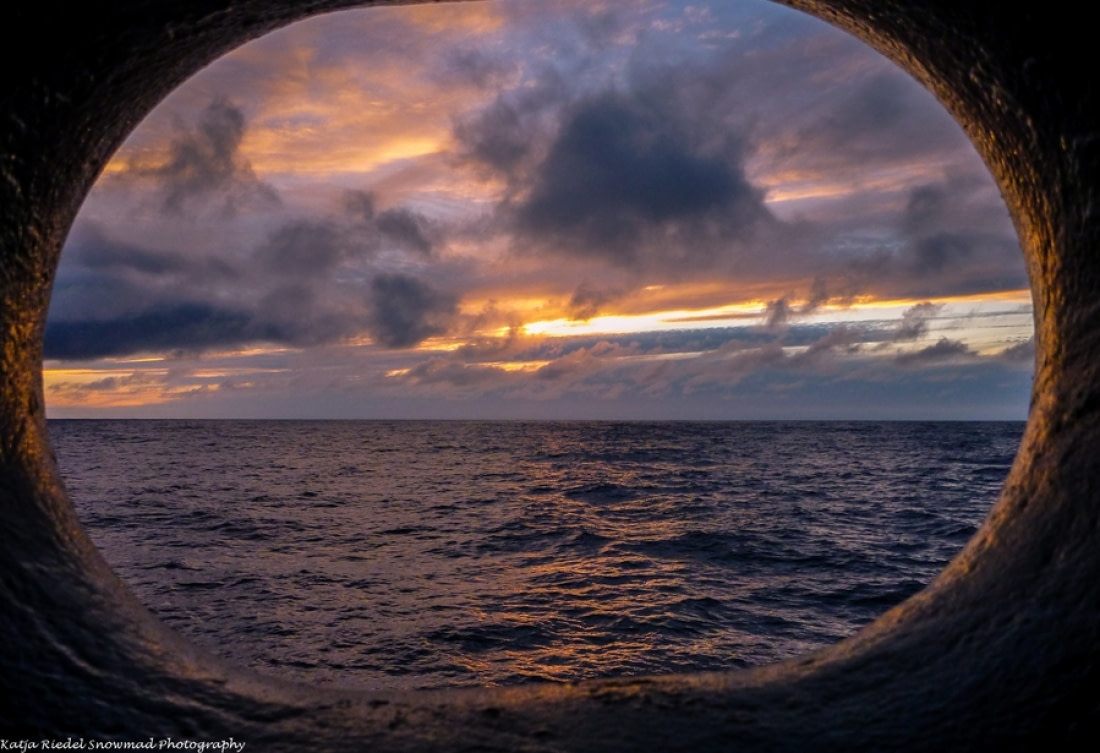
Winds and low pressure fronts flying circles around Antarctica can coalesce into a wild ride on the Drake.
If you’re prone to seasickness, it's a good idea to see your doctor before you sail the Drake Passage. And even if you're the type who laughs at roller-coasters, there's a good chance the Drake's weather is going to test that cast-iron stomach of yours.
But even if the Drake Passage is not agreeing with you, there are ways to ward off seasickness. In the brief but informative video below, our veteran ship doctor Ninette van Es provides her most reliable seasickness remedies. May they ease your passage across the Drake so that all you have to think about is all the great scenery and wildlife on the other side!
The birds, whales, and other wildlife of the Drake Passage
All this talk of surging currents, buffeting winds, and powerful sea swells might make the Drake sound a touch undesirable.
But keep in mind, your crossing may be tranquil as a Tibetan monastery.
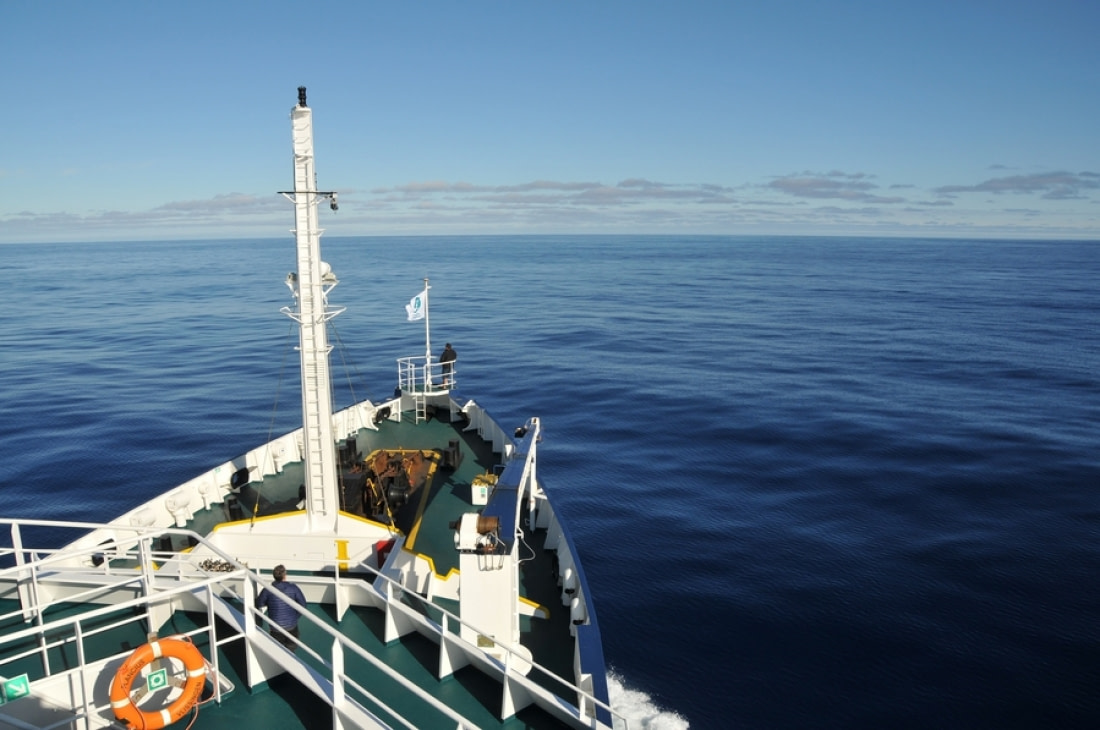
Also, it's not just Antarctica that makes the trip worthwhile. The wealth of Drake Passage wildlife will give you no shortage of animals to gaze at.
The Drake is densely populated with plankton, which allows for healthy populations of dolphins, whales, and seabirds.
Dolphins aren't terribly common on the Drake Passage, but there's always the possibility you'll see a few hourglass dolphins bounding over the water. Whales are slightly more common, with humpback, orca (killer whale), minke, and fin being the most likely to appear.
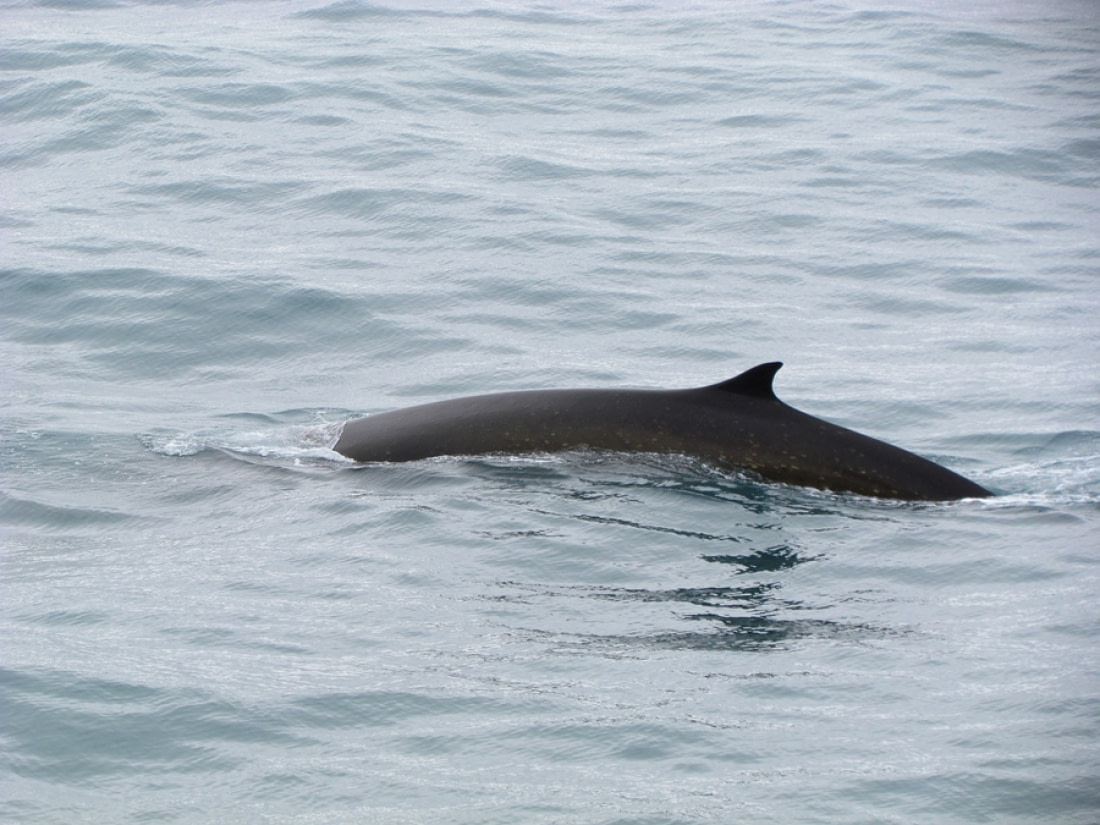
As for seabirds, they are wildly abundant on the Drake. You'll likely spot many kinds of albatross (wandering, black-browed, southern royal), petrel (Antarctic, giant southern petrel), shags, skuas, and gulls.
Because of this, the Drake Passage is a good place to bring a quality camera and strong pair of binoculars. If nothing else, you'll certainly use them when you reach Antarctica.

Blog


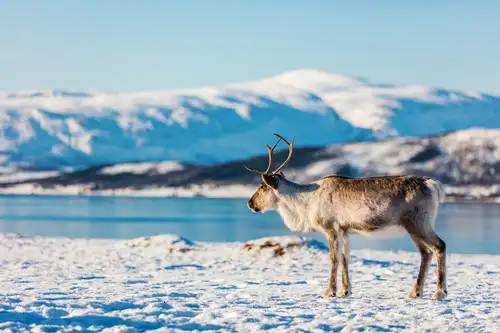
Eight Engaging Reindeer Facts
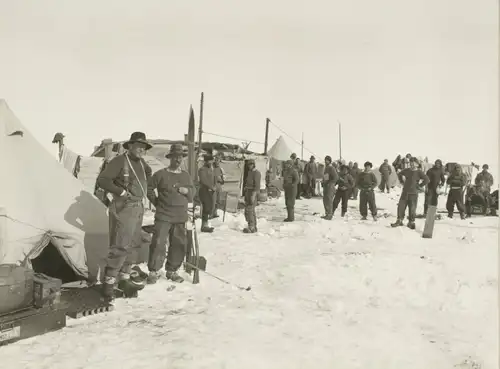
Exploration of the Polar Regions
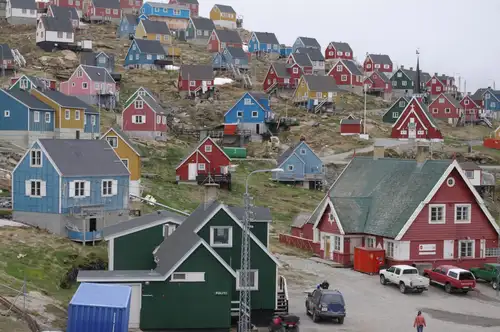
10 Traits of Post-Ice-Age Greenland
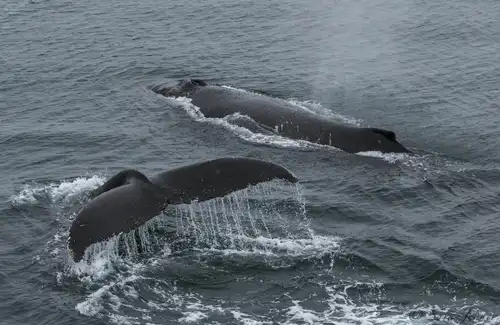
Polar Marine Visitors: the Whales of Antarctica and the Arctic
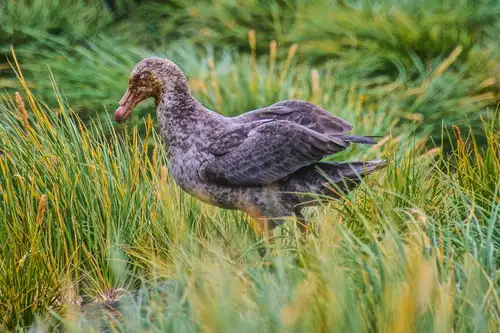
The Giant Petrels of King George Island
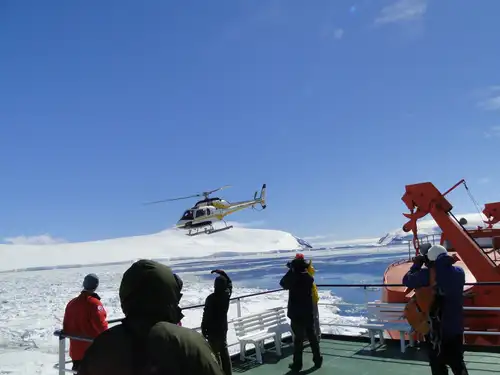
The Wonderful Weddell Sea: Places, Pics, and Impressions

10 Popular Bird Watching Binoculars
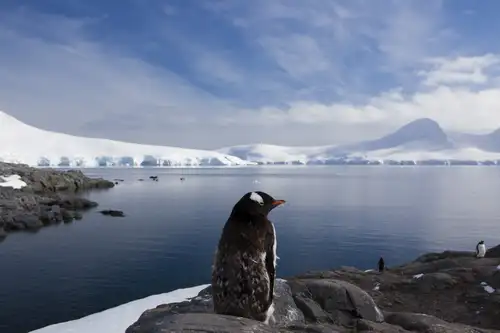
Guidelines for visitors to Antarctica
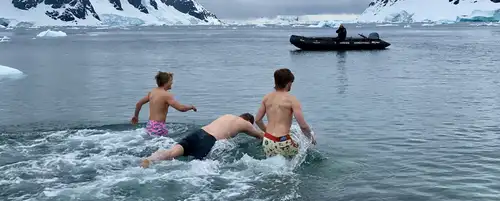
Taking the Polar Plunge
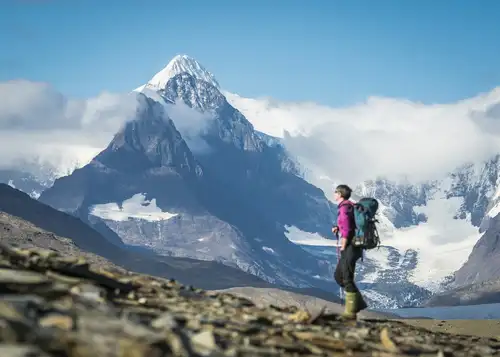
15 Fantastic Photos of Antarctica
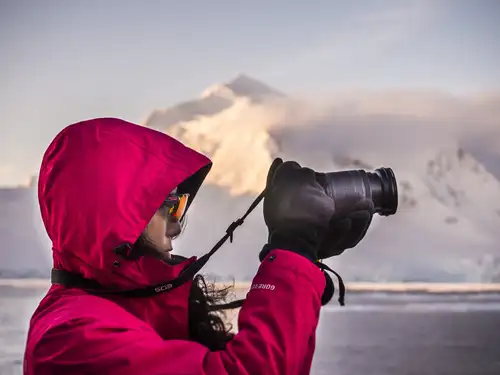
12 photo tips to make better pictures on your Antarctica cruise
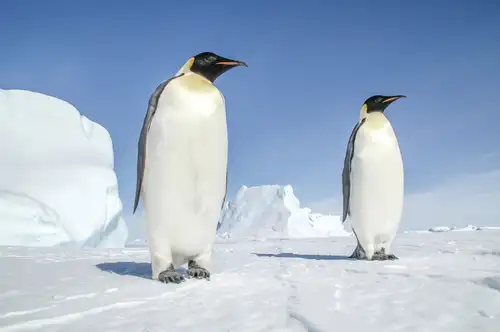
Antarctic Icon: 44 Facts About the Emperor Penguin
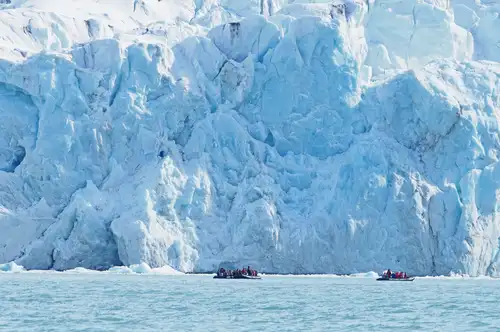
All About Ice: Glaciers and Icebergs of the Arctic and Antarctica
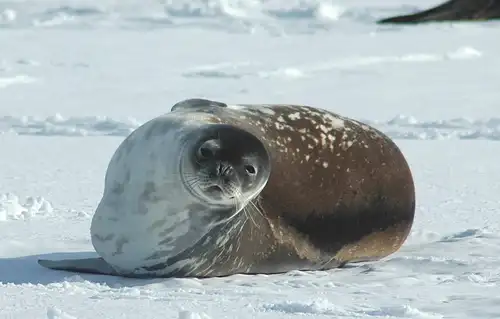
Weddell seals: The data collectors scientists of Antarctica
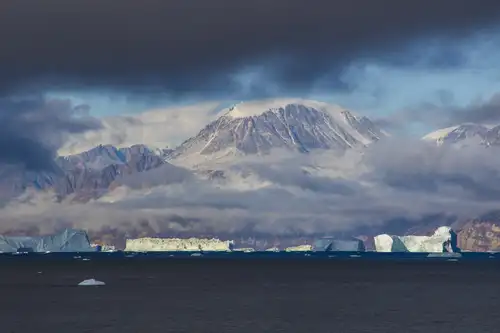
Greenland: East vs. West
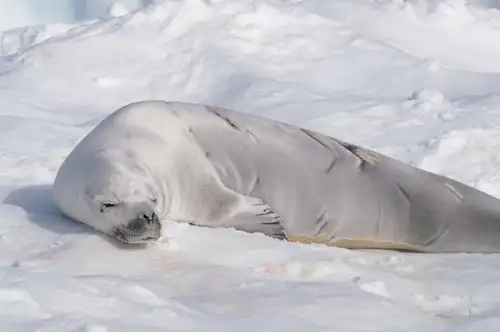
Six Facts About the Crabeater Seals of Antarctica

Two for the Snow: Polar Cruises for Couples
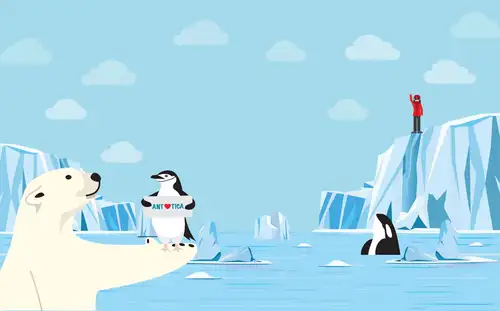
Arctic vs. Antarctica: A Traveler’s Guide
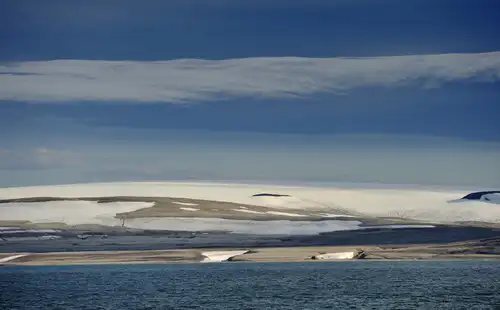
Six Must-See Svalbard Sites
